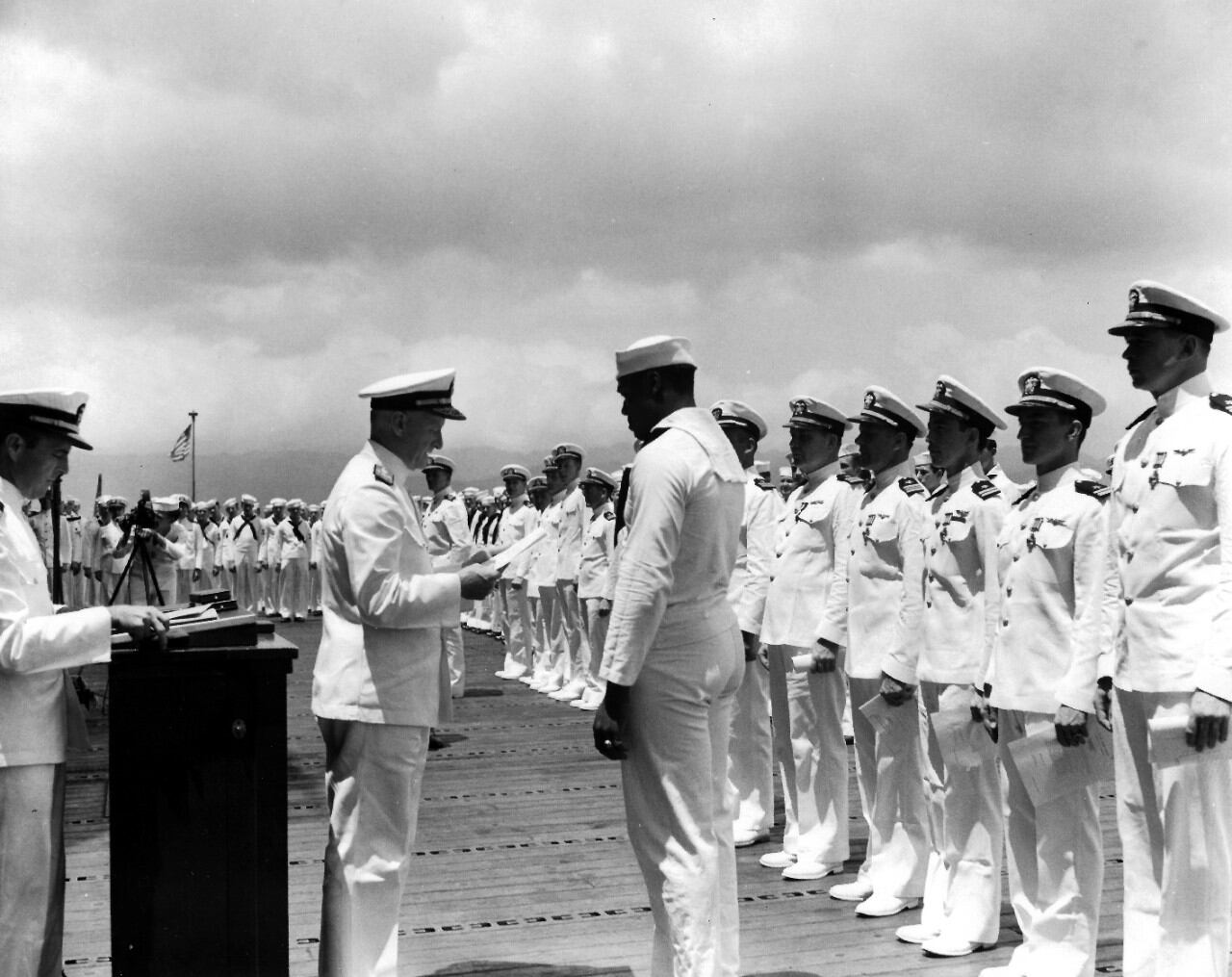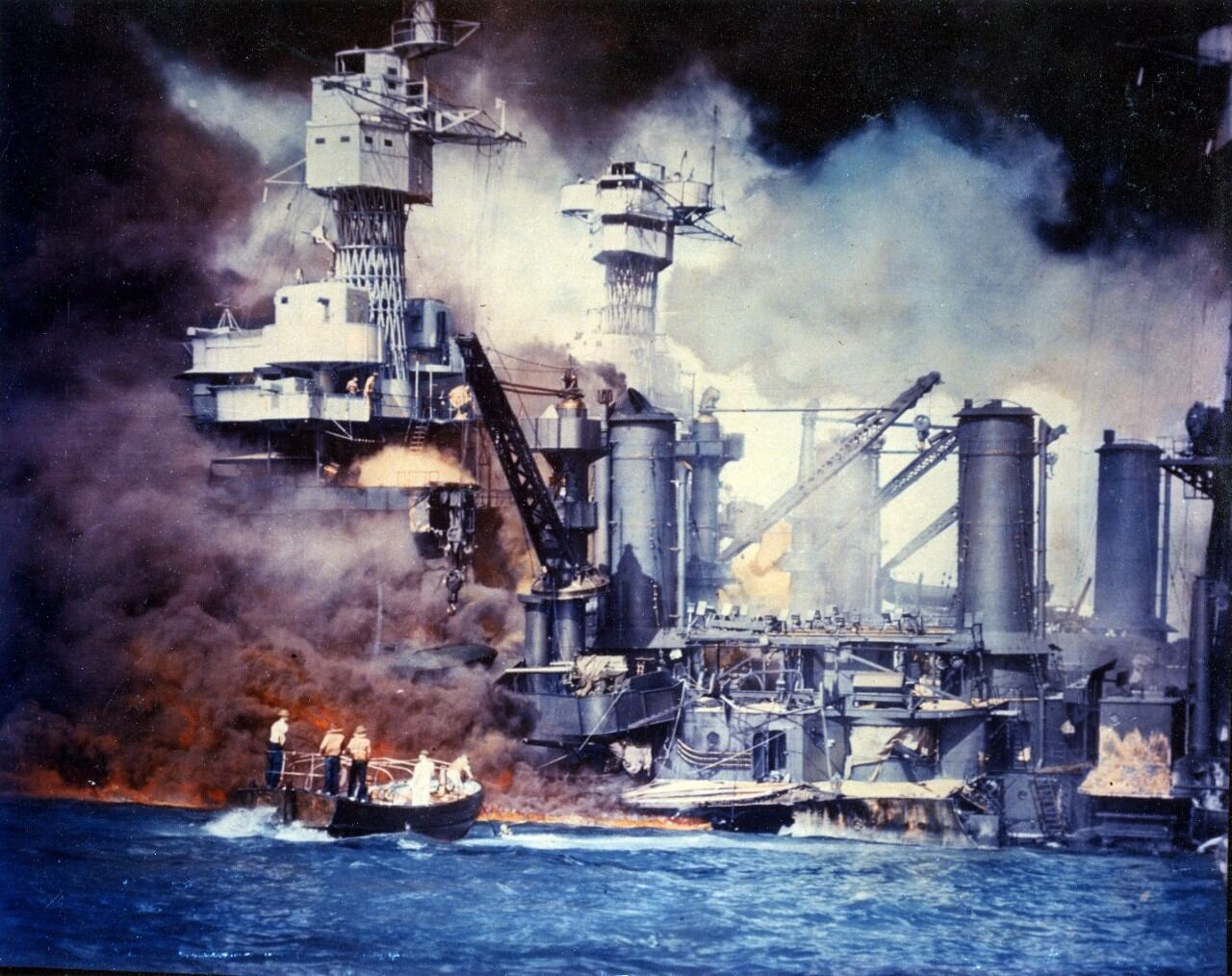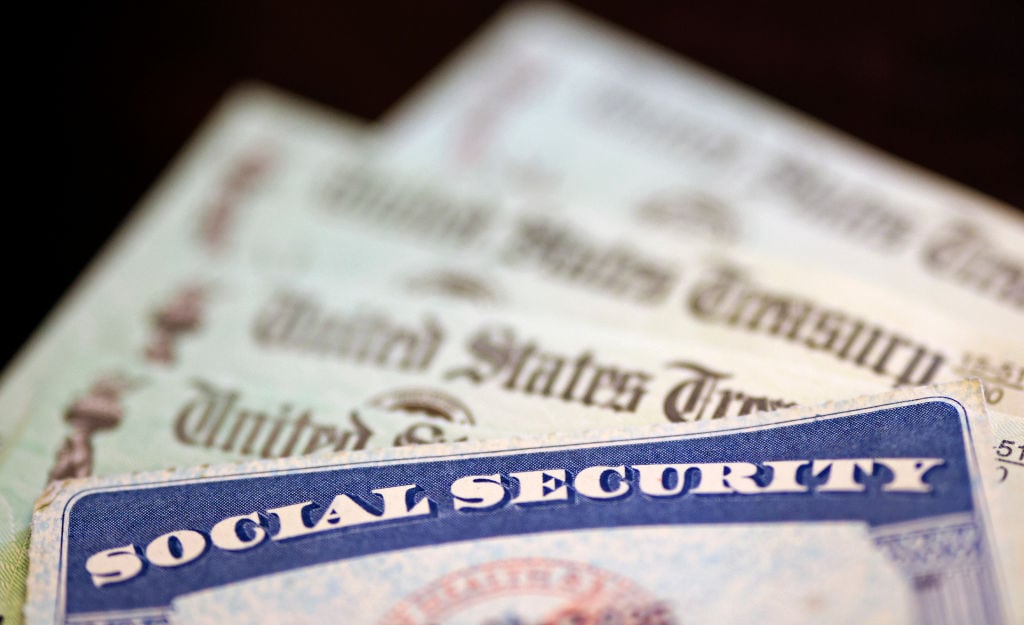HONOLULU — The U.S. Navy is expected to honor a World War II hero when a new aircraft carrier is named for Mess Attendant 2nd Class Doris Miller.
The announcement is expected to be made at Pearl Harbor Monday, The Honolulu Star-Advertiser reported Friday.
Miller was the first African American to receive the Navy Cross for combat valor.
Miller was recognized for manning a machine gun on the battleship West Virginia and returning fire against Japanese planes during the Dec. 7, 1941 attack on Pearl Harbor.
A destroyer escort previously was named in his honor.

“I think that Doris Miller is an American hero simply because of what he represents as a young man going beyond the call of what’s expected,” said Doreen Ravenscroft, a team leader for the Doris Miller Memorial.
An African American was not allowed to man a gun in the Navy in 1941, Ravenscroft said.
"Without him really knowing, he actually was a part of the Civil Rights movement because he changed the thinking in the Navy," Ravenscroft said.
Two of Miller's nieces are expected to be at Pearl Harbor for the announcement on Martin Luther King Jr. Day.
Miller, then 22, was collecting laundry when the attack alarm sounded. His normal battle station in an antiaircraft battery magazine was destroyed by a torpedo. He went on deck and carried wounded sailors to safety before receiving orders to aid the mortally wounded captain on the bridge.
"He subsequently manned a 50-cal. Browning anti-aircraft machine gun until he ran out of ammunition and was ordered to abandon ship," the Navy said, noting Miller was not trained to operate the gun.
Adm. Chester W. Nimitz, the commander of the U.S. Pacific Fleet, presented the Navy Cross to Miller in Pearl Harbor in May 1942.
Miller died while serving on a ship that was torpedoed by a Japanese submarine in November 1943.
Navy Times editor’s note: We caught a number of errors in this story and fixed them before it went online, but we missed a crucial one. Miller didn’t save soldiers on board the battleship West Virginia. They were sailors. We changed that.






